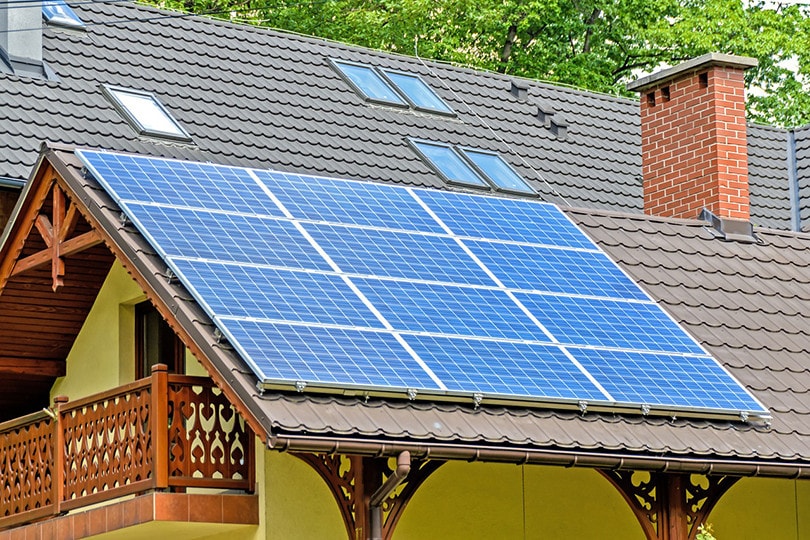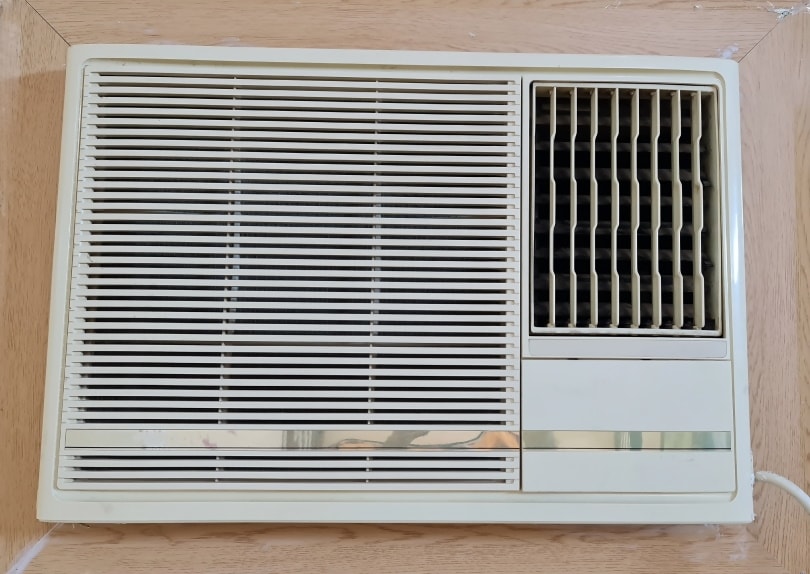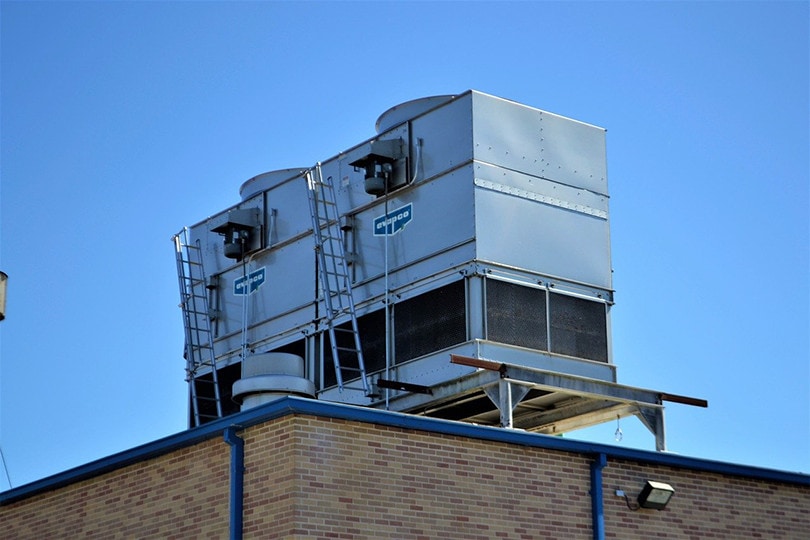11 Energy Saving Myths & Misconceptions
-
Pete Ortiz
- Last updated:

Everyday expenses continue to increase with burgeoning inflation, and the cost of heating and cooling is no exception. In 2021, 20% of Americans had trouble keeping up with energy costs, while others had to make concessions elsewhere to pay their bills.
With little relief on the horizon, it’s more critical than ever to employ sound energy conservation strategies in the home. Unfortunately, many individuals labor under common energy-saving misconceptions, taking “energy-saving” steps that, in actuality, can hurt energy efficiency in the house.
To help you save money on your energy costs this year, we’ll review some of the typical energy-saving myths and misconceptions that could be hurting your wallet.
The 11 Energy Saving Myths and Misconceptions
1. You Can Cool a Room With a Fan
A ceiling fan circulates air in the room, and if you’re standing under it, it can certainly feel like it’s cooling you down. That has less to do with cold air and more to do with the moving air helping to evaporate sweat off of your body. Fans don’t generate cold or warm air, so when a fan stays running in an unoccupied room, it does nothing to affect the comfort.

2. Electronics and Devices Don’t Draw Power When Not in Use
It may seem like electronic equipment wouldn’t suck power when they’re off, but if they stay plugged in, they could still be leeching small amounts of energy. Many appliances and electronics stay in standby mode when they’re off but still plugged in. “Phantom” or “vampire” power still draws energy, so the devices on standby are ready for use.
The amount of energy is small, but when standby devices run for 24 hours, the costs can add up. Standby power can account for up to 10% of a household’s energy use and cost nearly $100 a year. To turn off electronics and appliances completely, you must unplug them.
3. You Can Adjust Heating Power Through a Thermostat
Many people believe that to heat their home quicker, they can set the thermostat to a higher temperature. The idea is that the HVAC will recognize the temperature difference and work harder and faster to heat the house. Then, you can cut the heat off once it reaches the temperature you want.
The truth is that a heater or A/C supplies consistent power no matter how high or low you set the thermostat. When you set it to a higher temperature to heat the room, it only means that the heater will run longer so it can eventually reach that higher setting. You risk wasting more power by raising the temperature because the heater won’t automatically shut off once it’s comfortable inside.
4. Handwashing Is More Energy-Efficient Than a Dishwasher
Handwashing may have saved more energy years ago, but with modern Energy Star technology, dishwashers are now a more energy-efficient and water-efficient method of cleaning dishes. To save the most money when doing your dishes, always make sure that the dishwasher is full before running it. Many dishwashers also have “eco-mode” and “express wash” settings to further help you save energy.

5. Different Freezer Styles Won’t Affect Energy Saving
Not many people understand the slight difference that a freezer style can make in energy savings. Compared to upright freezers, chest freezers can save you extra power because of how cold air moves. When you open a chest freezer, you’re less likely to lose cold air because it sinks back into the chest.
No matter what kind of freezer you choose, where you decide to place it will also affect how hard it works. If you put it in a non-climate controlled area, such as a garage, it will have to work harder and longer to maintain a steady temperature.
6. A Larger A/C Unit Will Cool Better
Central A/C units are sold in different sizes to accommodate various house sizes. While it may seem that a larger unit would mean more efficient cooling, you could end up sacrificing comfort and running the unit more than you need.
A larger A/C will indeed cool a home faster, but that doesn’t mean you’ll save money. The more powerful equipment will draw more energy in a short time than a smaller unit would, so you’ll often end up breaking even or spending more.
It’s crucial to get the right A/C size because it not only controls the temperature of the home but also the humidity. When the A/C doesn’t have to run as long, the evaporator spends less time pulling humidity from incoming air. The house may be the optimal temperature, but the mugginess can make the air feel heavier, hotter, and all-around uncomfortable.

7. Closing Vents in Unoccupied Rooms Saves on Heating and Cooling
Closing your vents in rooms that aren’t in use sounds like a solid energy-saving strategy, but it ends up putting stress on your HVAC. Closed vents build up back pressure in an HVAC system, which creates an imbalance in the airflow. In the end, it can cause your blower to work harder and cause premature wear on the system.
8. Turning the Thermostat Down Doesn’t Offer Significant Savings
Many people feel that a small change to a thermostat setting will affect their comfort but not their wallet. According to the Department of Energy, that’s far from the truth. By dialing back the thermostat 7-10 degrees for 8 hours a day, you can lower your heating and cooling costs by up to 10%!
Programmable and smart thermostats help save money this way. You can set the temperature higher or lower when you’re asleep or away from the home to keep the HVAC from running at all times of the day. If you have a smart thermostat, you can even change it remotely, so you can have it kick on when you’re on the way home.
9. You Should Only Have HVAC Inspections When You Have Issues
An annual HVAC inspection can cost over $100, so it makes sense to save on the cost and skip it if your system isn’t giving you issues. But even though your system may not be giving off strange noises or having trouble cooling your home, it may not be working as efficiently as possible.
HVACs are complex units, and there are several areas in the system where inefficiencies can be wasting energy. A leaky air duct or a dirty evaporator coil, for example, may not be apparent, but they can cause longer cycles and accelerated wear. An annual inspection can identify any potential issues in the system, keeping it at peak performance and ensuring a longer lifespan.

10. Leaving Lights On Is Better Than Turning Them On and Off Constantly
Many people overestimate the amount of power needed to turn a light on, so they insist that it’s better to leave lights on rather than turn them off for a few minutes while they’re out of the room. Lights need a tiny, instantaneous boost in current to turn on, but the energy use is nominal compared to leaving it on even for a short time.
11. A Fireplace Is Better for Heating Your Home and Saving Energy
It would seem like there’s no way that a wood-burning fireplace could be less efficient than a gas or electric heater, but that’s not the plain and simple truth. The reason is that to vent the smoke and dangerous gasses from the fire, you need to leave dampers open, creating a hole for the outside air to enter.
In cold temperatures, when you would run a fire, the air descends, right through a chimney and into your home. It may be warm right next to the fire, but you could be opening other areas up to chilly air by leaving the dampers open.
Final Thoughts
There are countless ways to conserve energy in your home, and most of them center around not using things when it isn’t necessary. That means unplugging devices when you don’t need them and adjusting thermostat settings when you aren’t in the room. You’ll save money on energy costs and you may even prolong the lifespan of your HVAC and devices by using them less.
By keeping these energy-saving myths and misconceptions in mind and finding opportunities around your home, you can minimize your energy bills without losing comfort.
Related Read: 9 Solar Energy Myths and Misconceptions
Featured Image Credit: PhotoMIX-Company, Pixabay
Contents


